EM@3AM: Murine Typhus
EMDocs
DECEMBER 1, 2024
Ischemic Hepatitis and Septic Shock Secondary to Murine Typhus Infection in Pregnancy. The RUSH exam: Rapid Ultrasound in SHock in the evaluation of the critically lll. Clinical Infectious Diseases , vol. 6, 2008, pp. Oxford University Press. Accessed 19 Aug. Berry M, Wang AM, Lahham RF, Zhang X, Pacheco LD. Blanton LS.


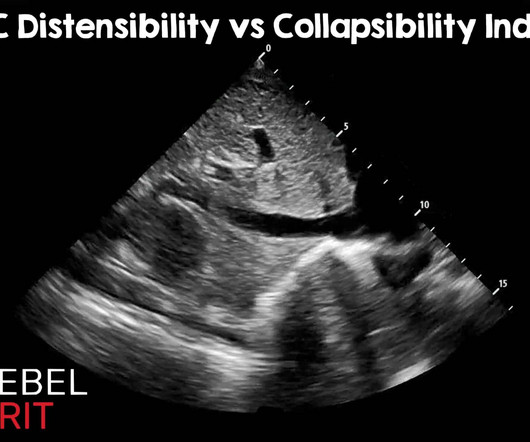
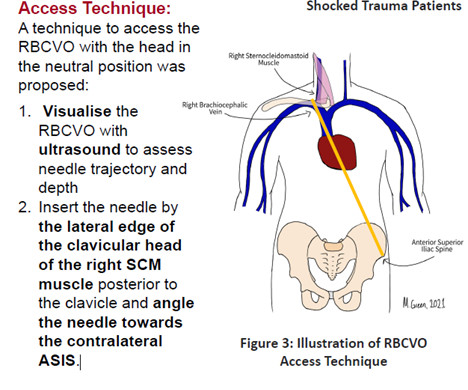








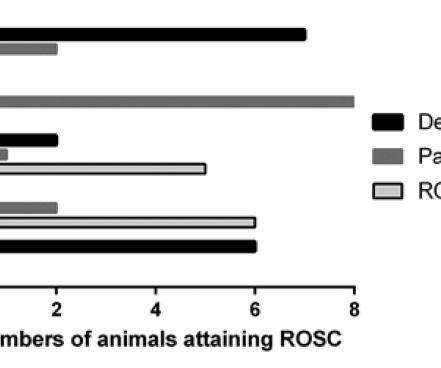




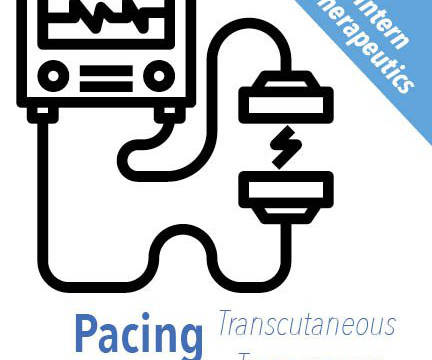









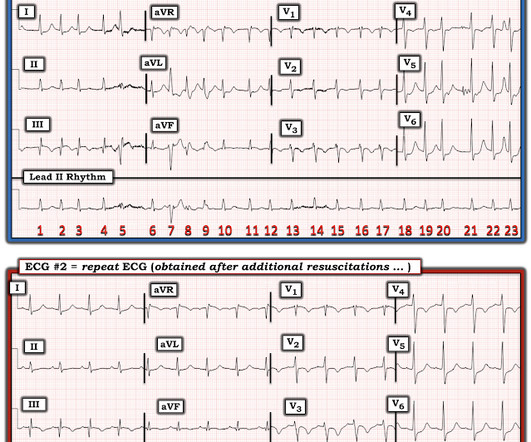




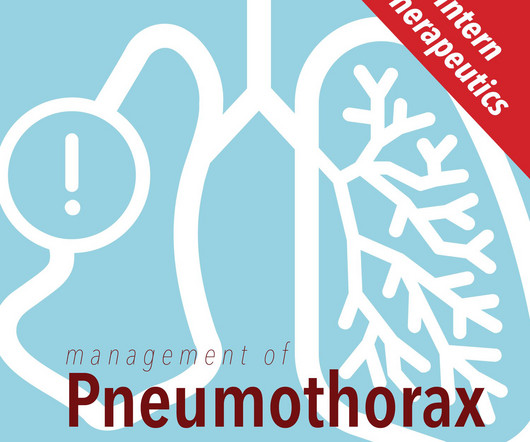







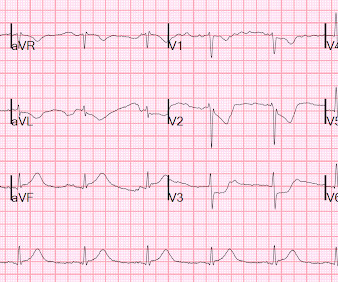









Let's personalize your content